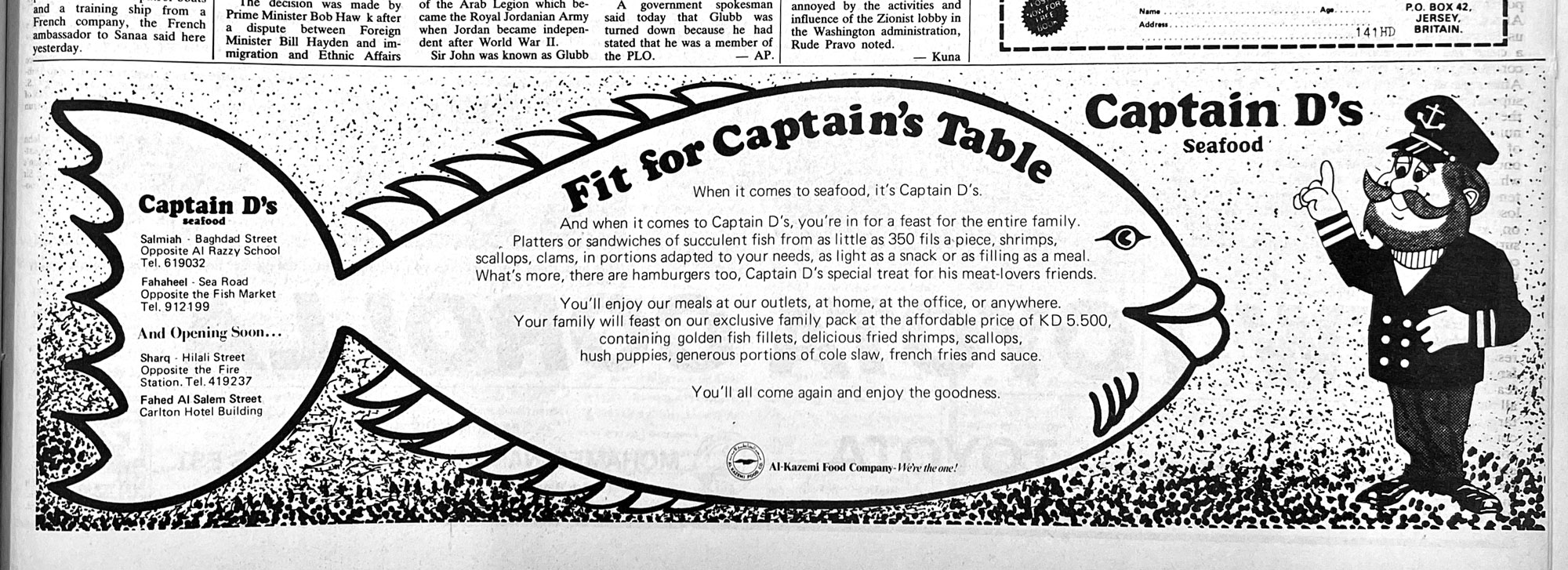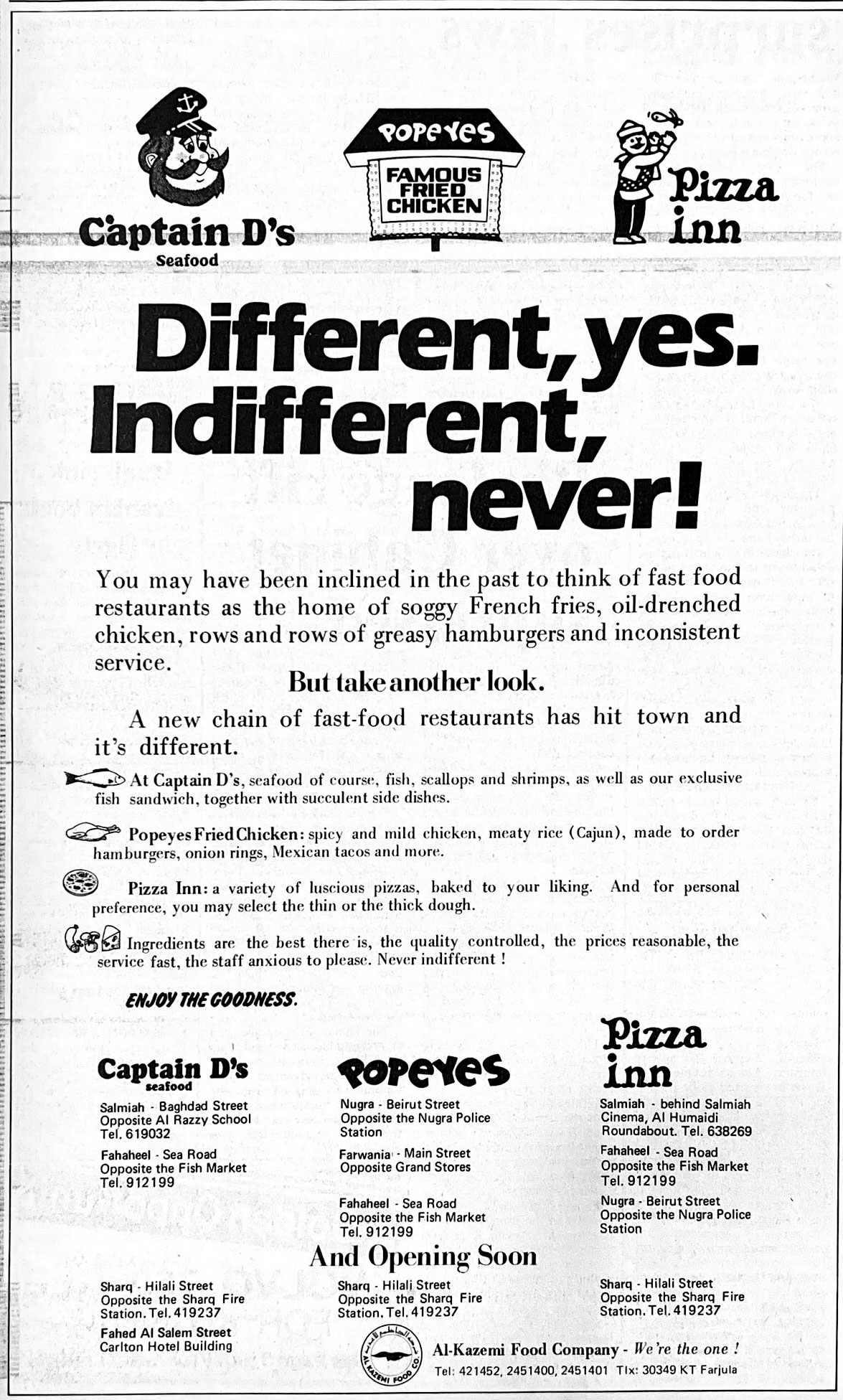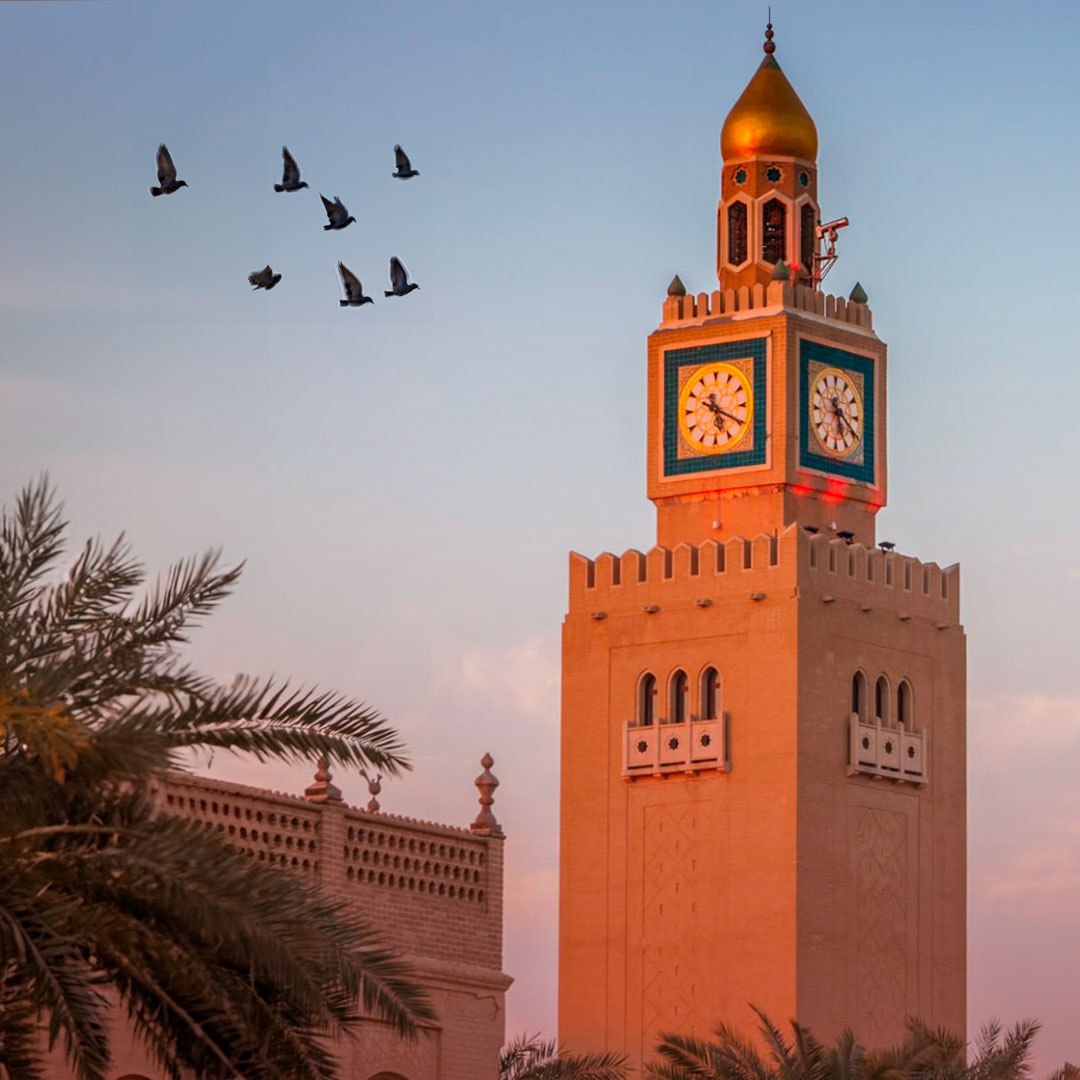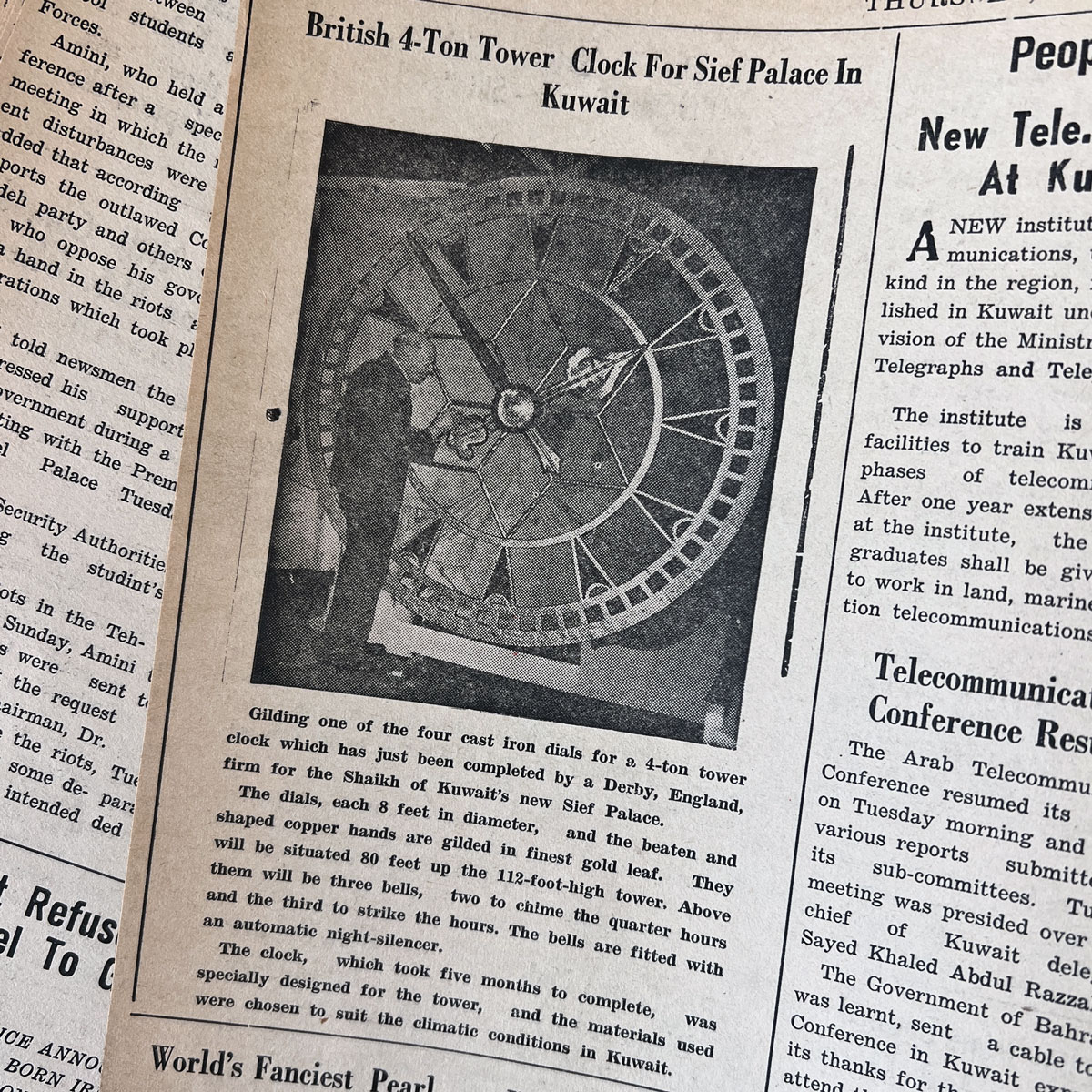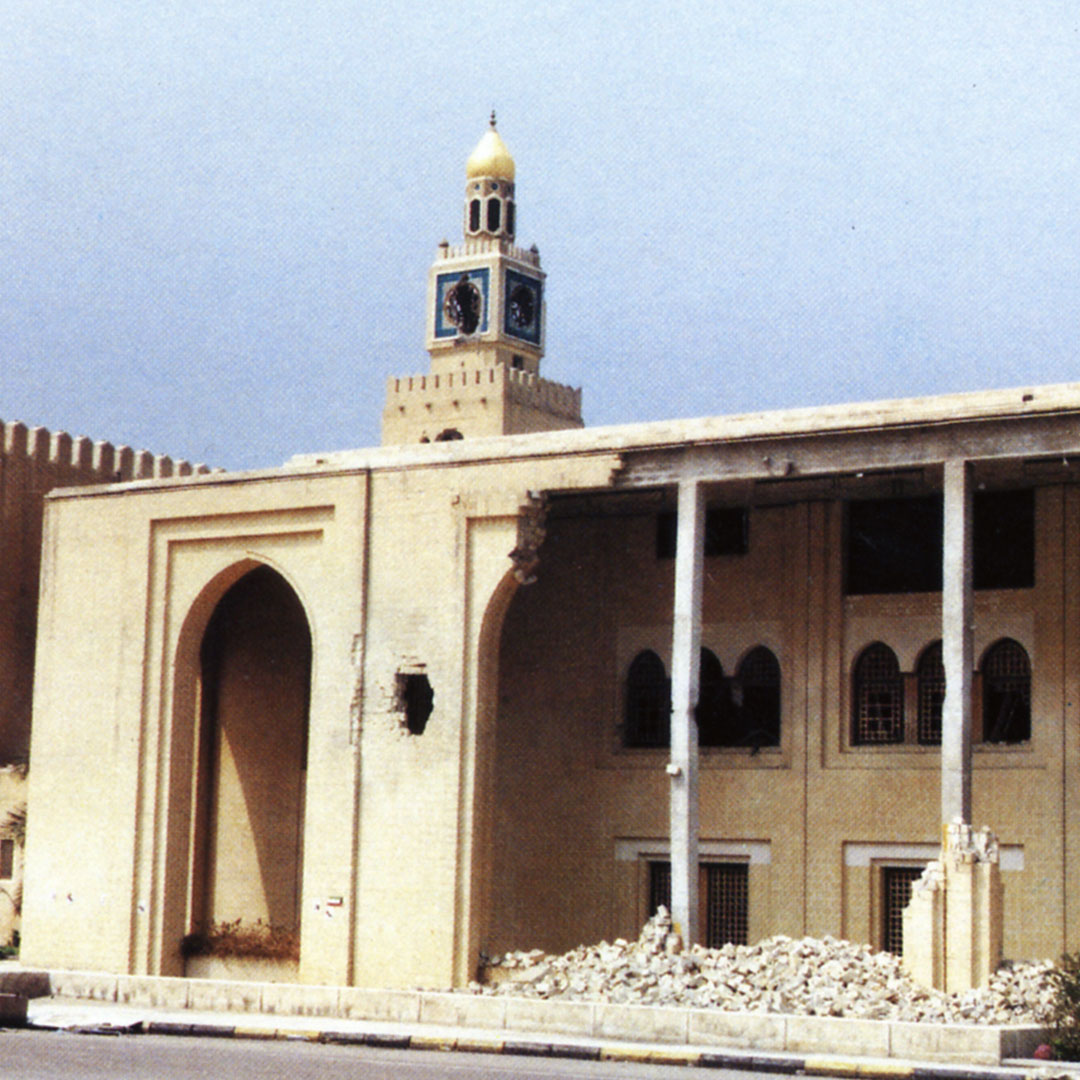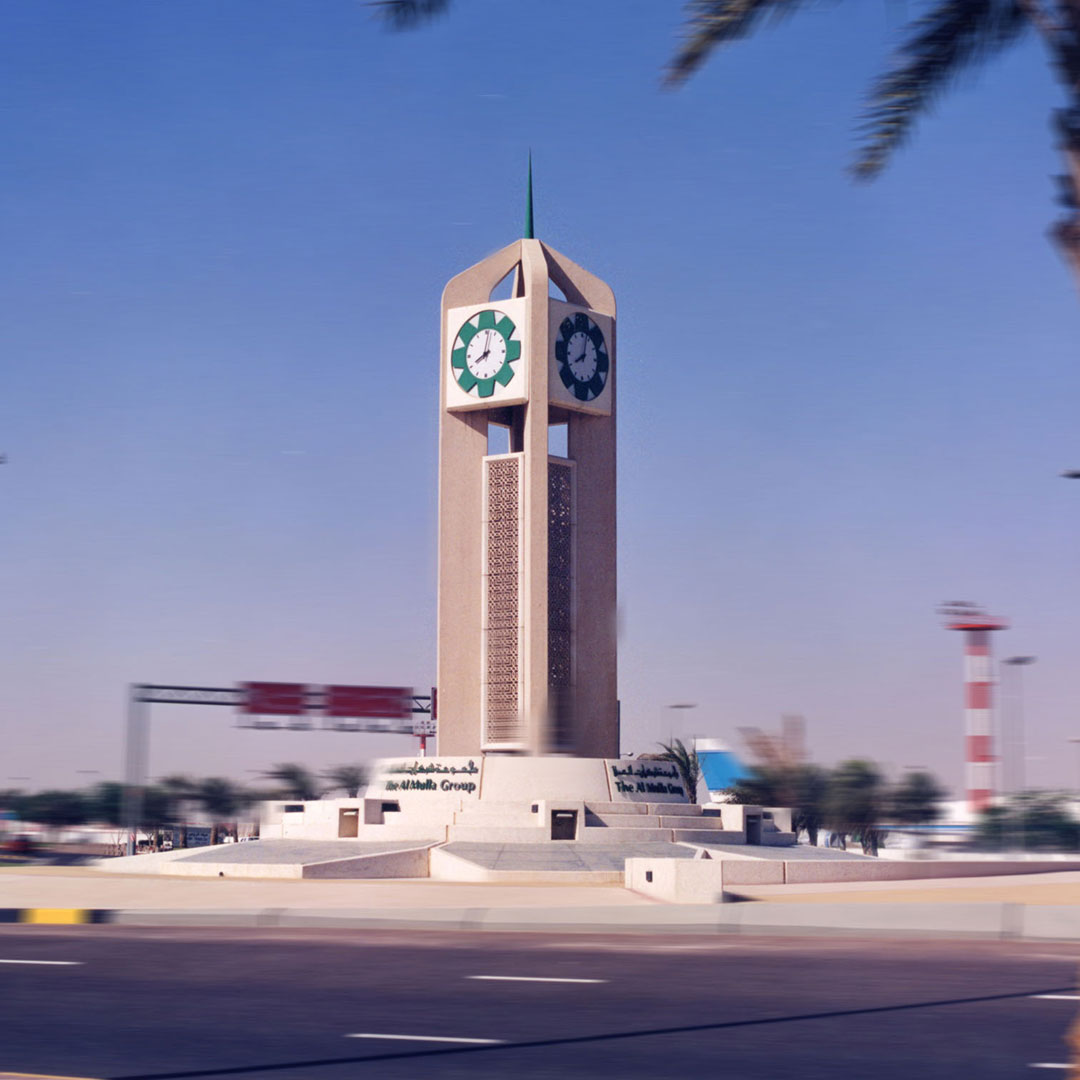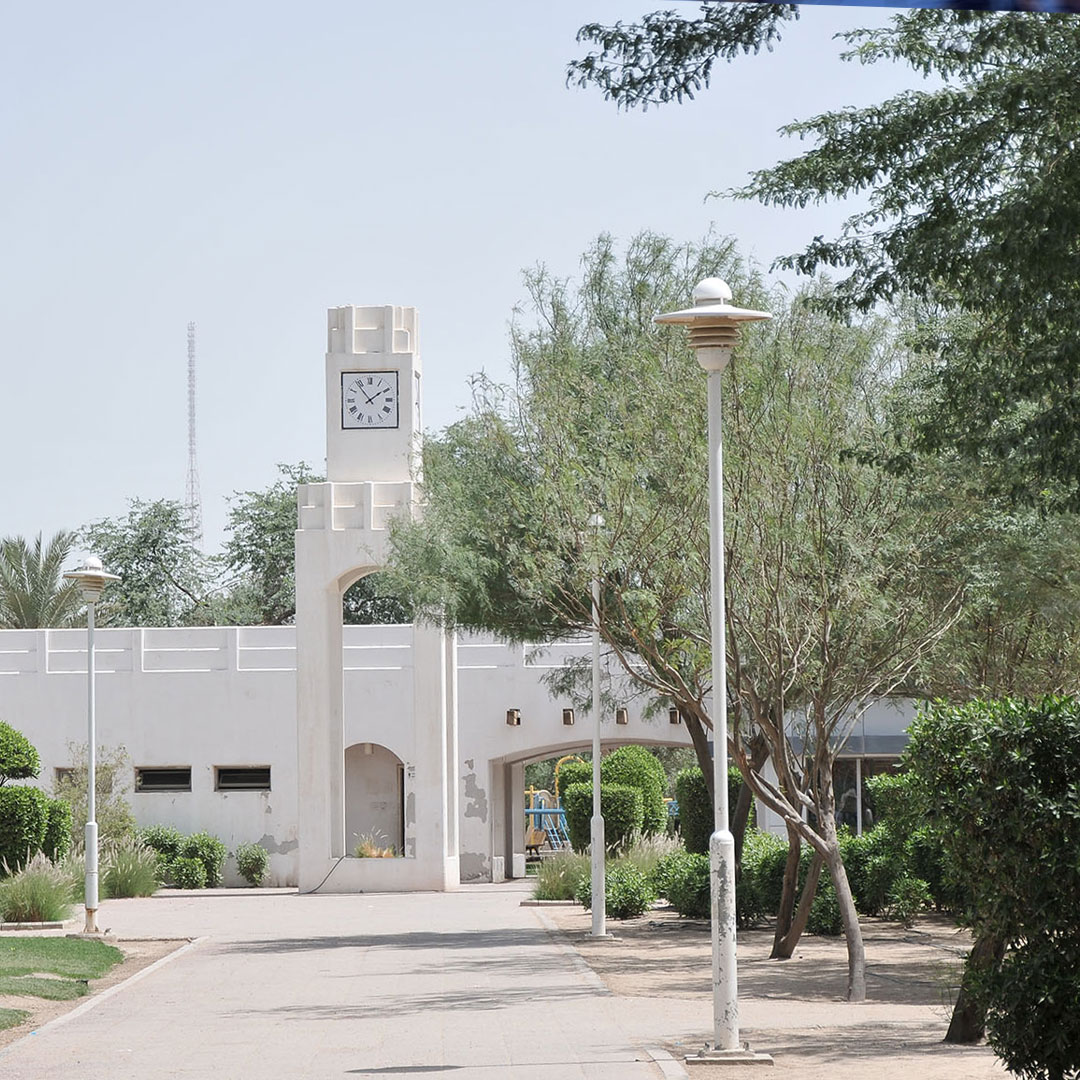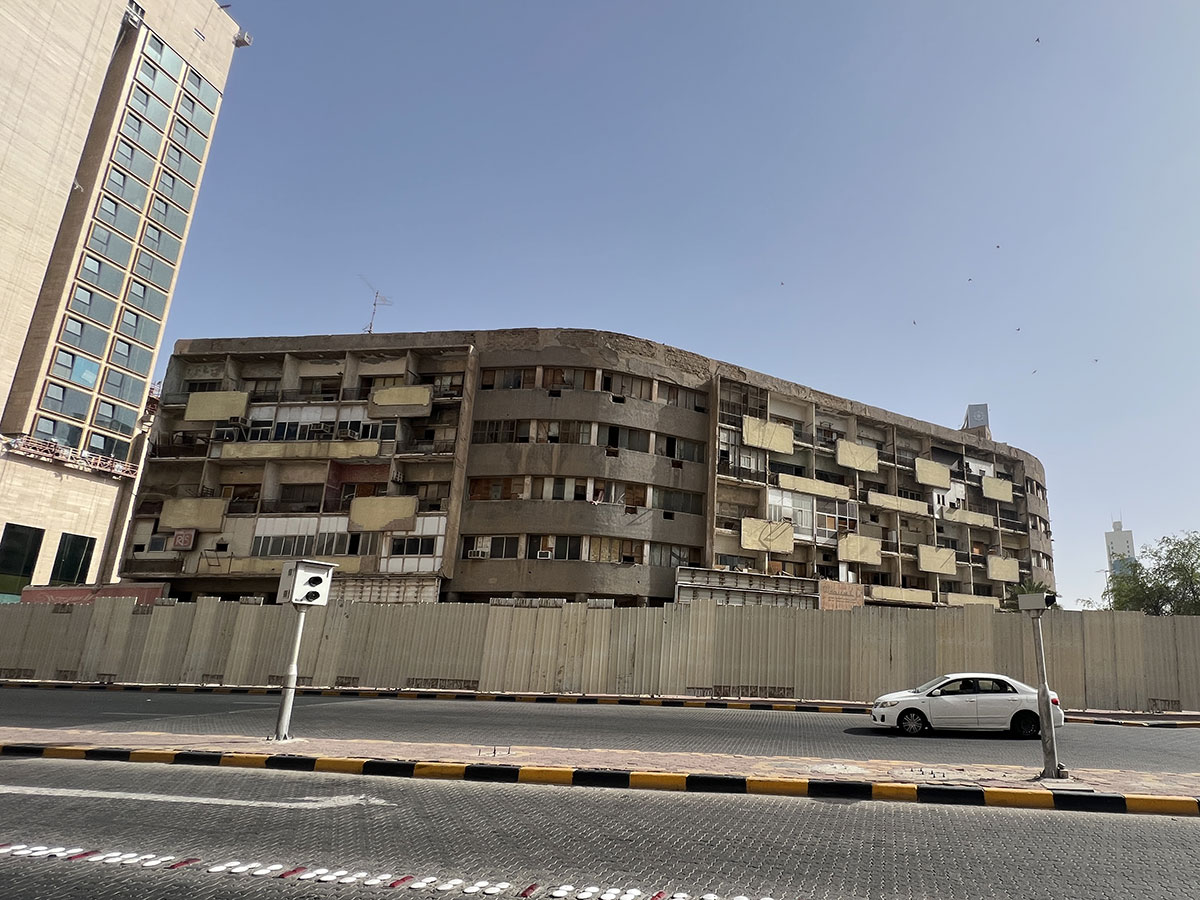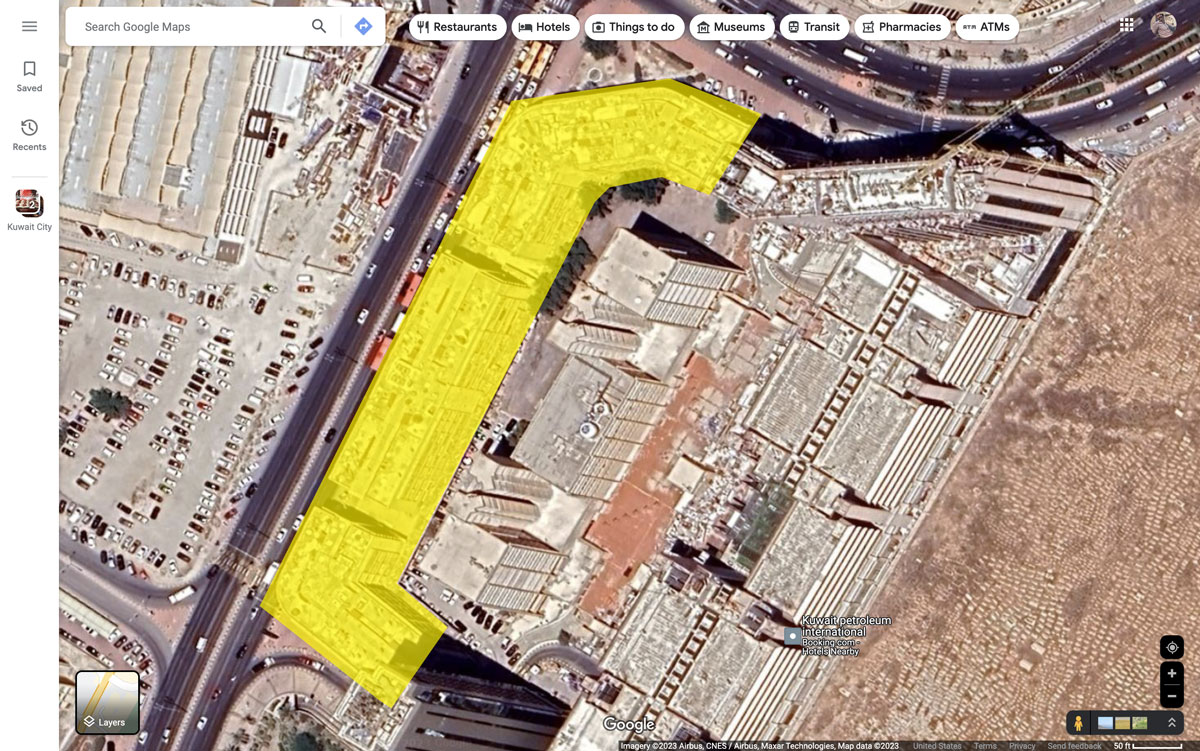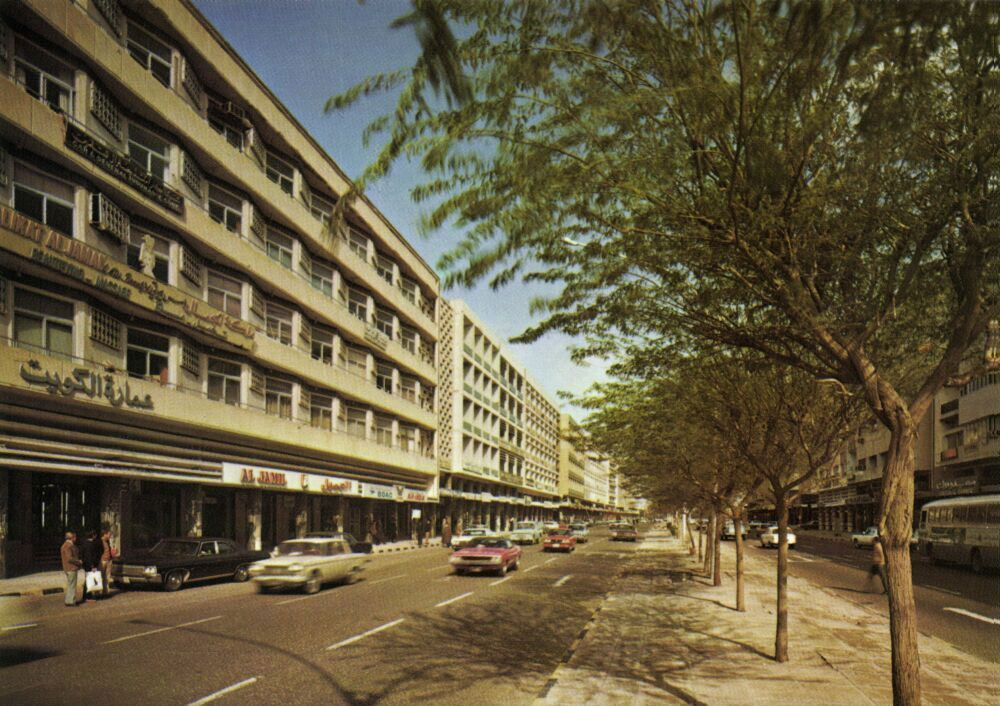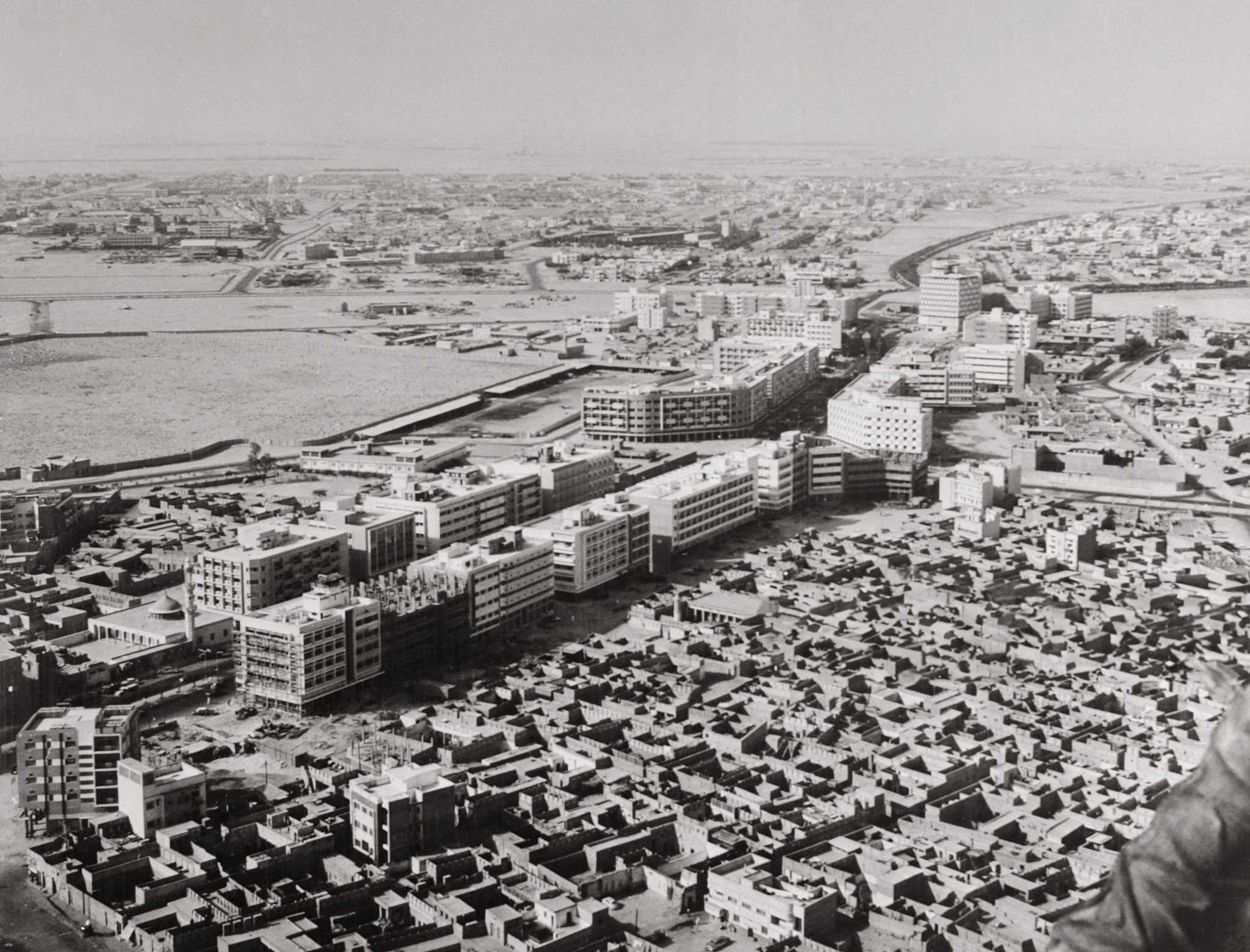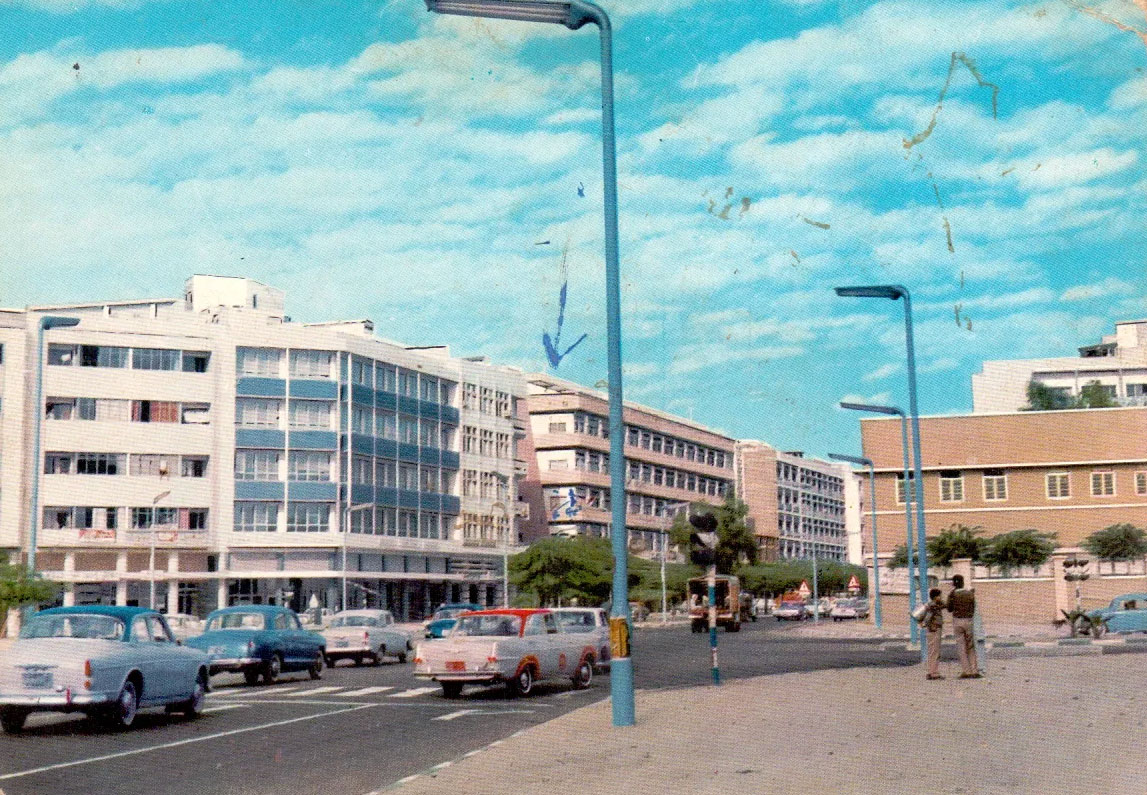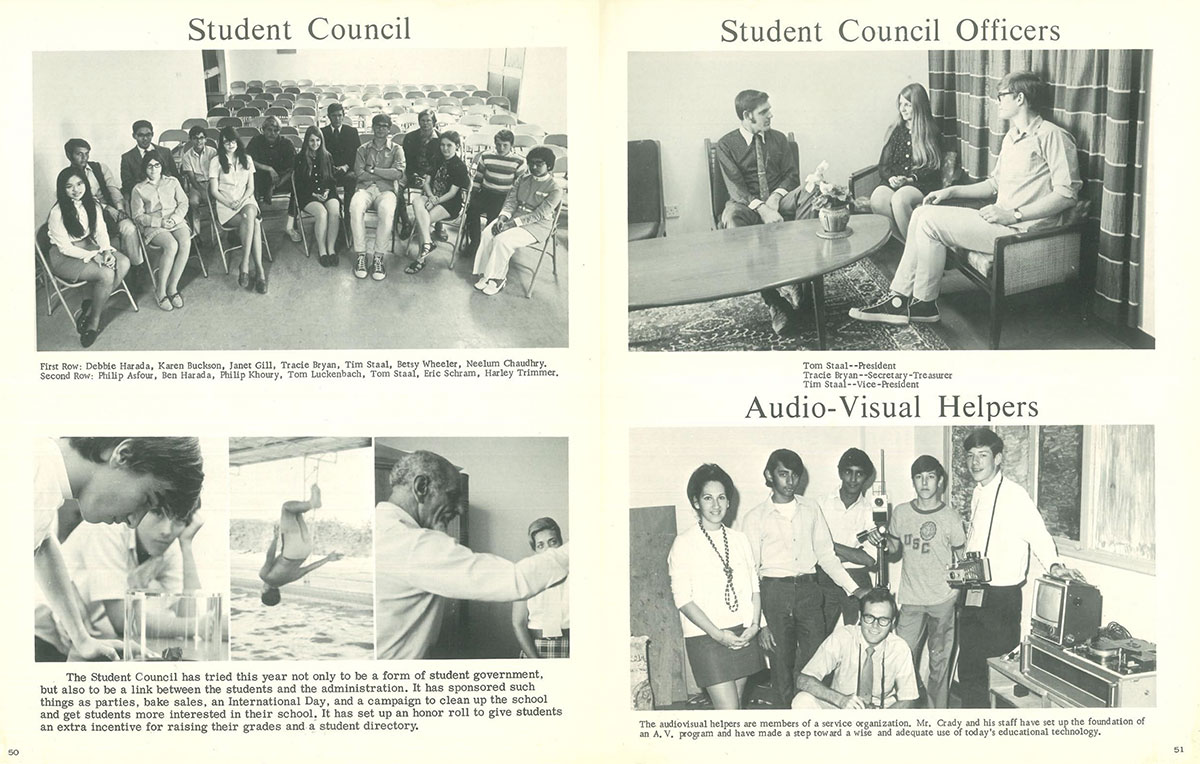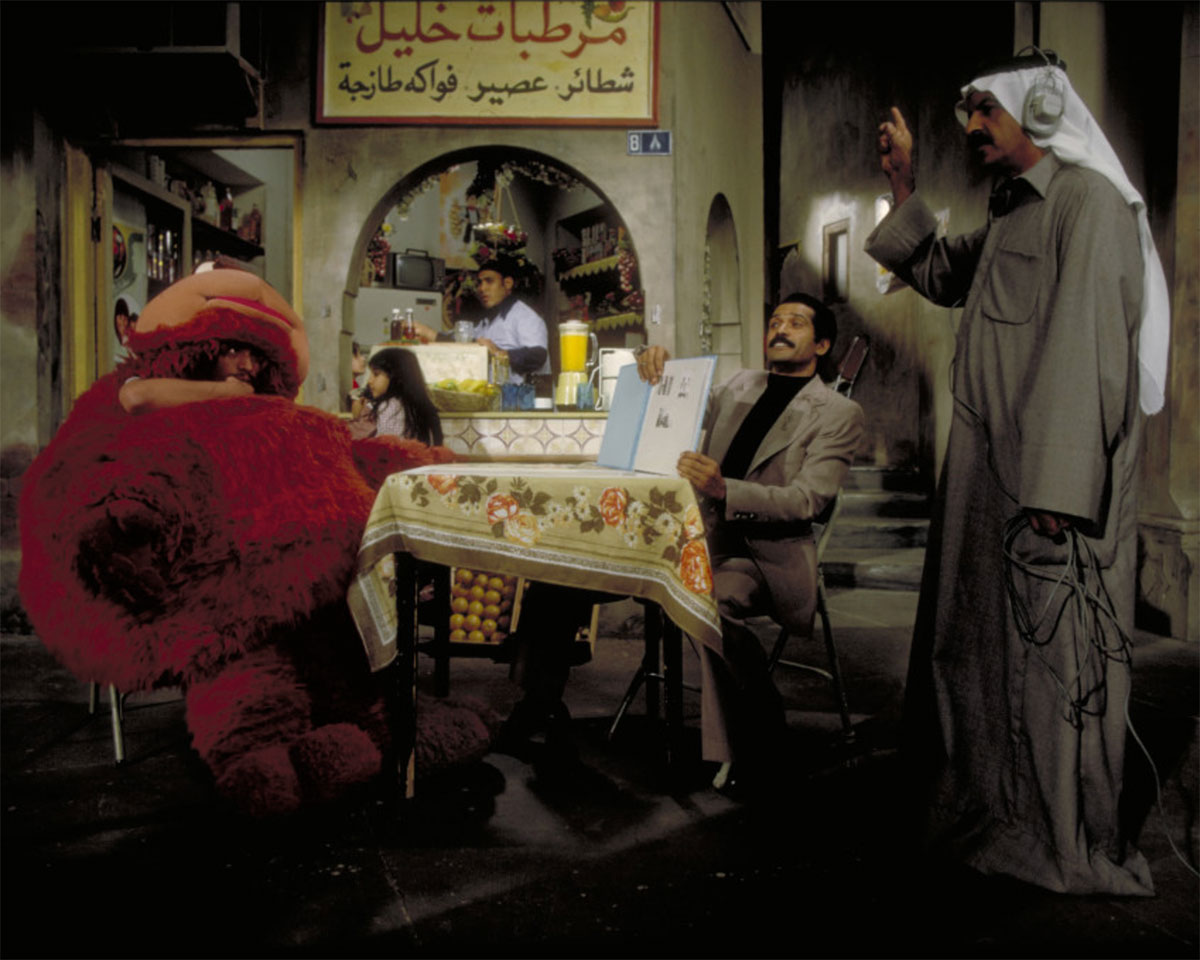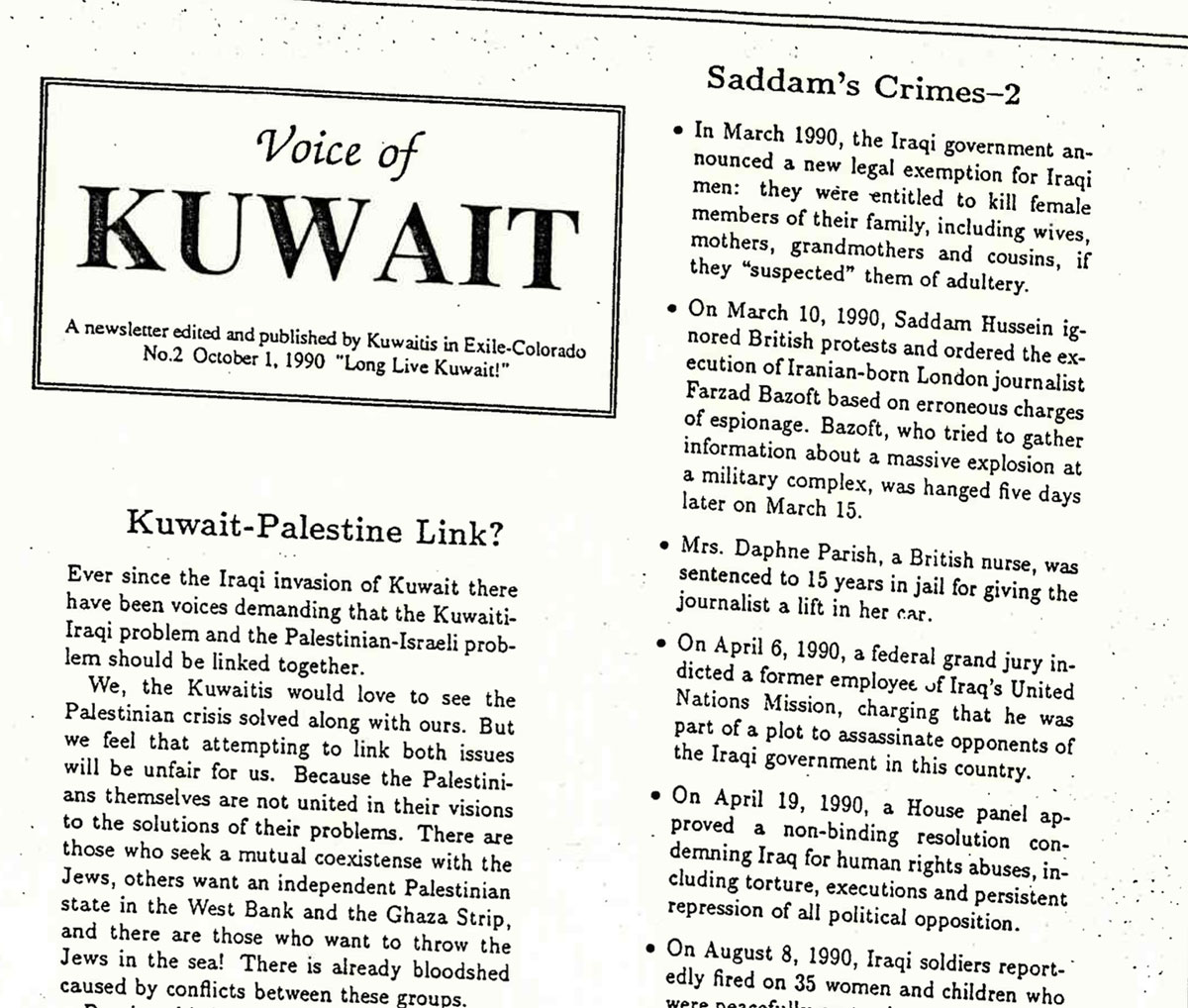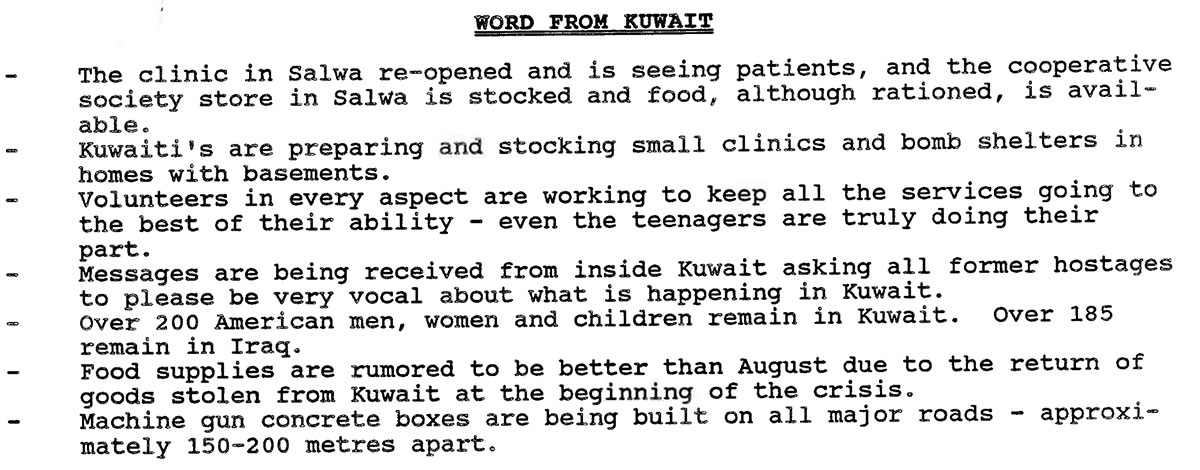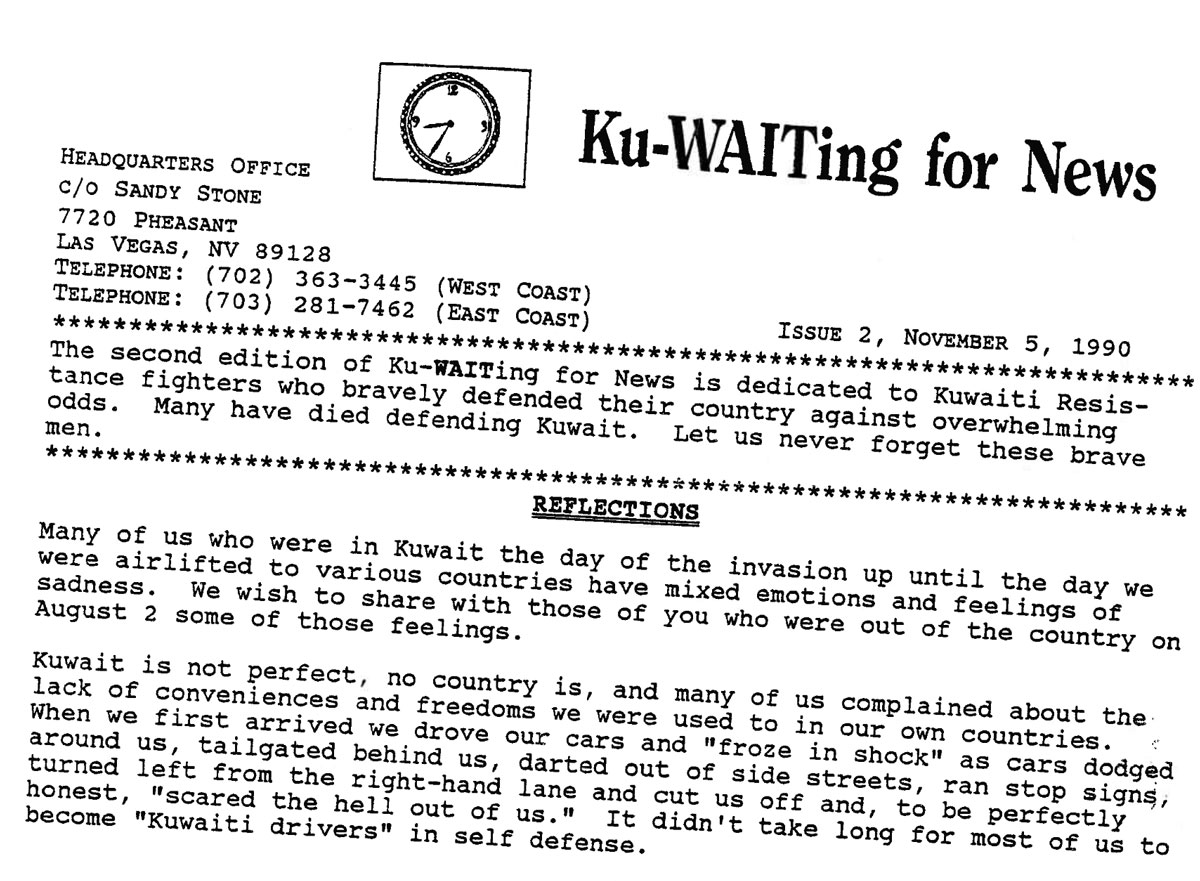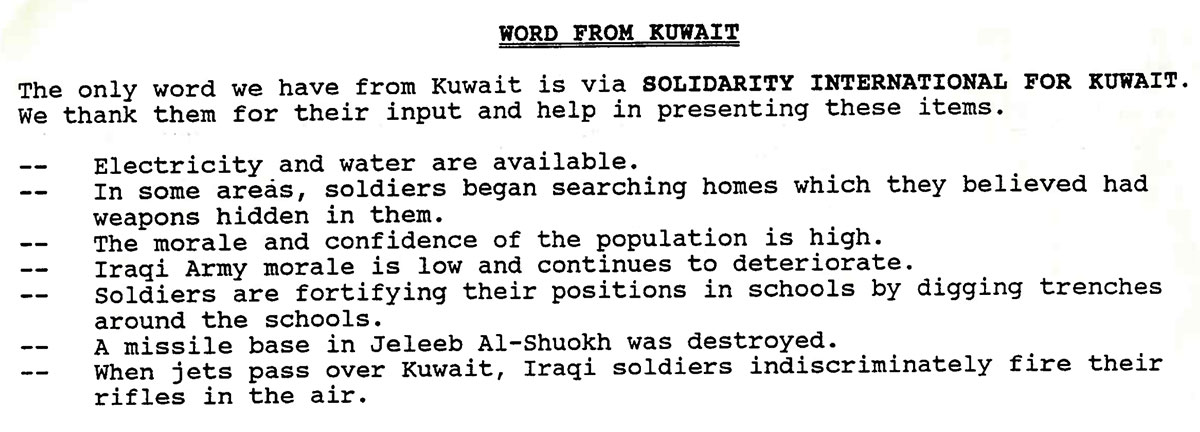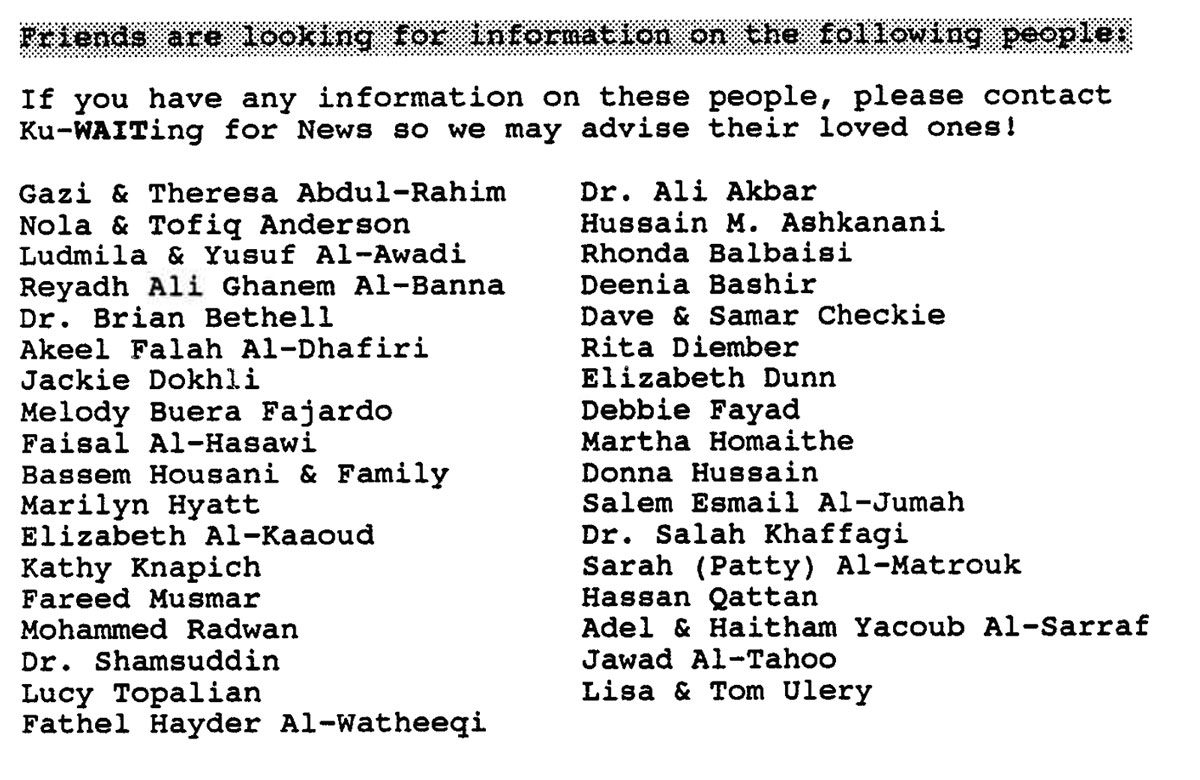
Anyone who grew up in Kuwait during the 80s will fondly remember Pizza Italia. The owner of Pizza Italia was Mahmoud Alghanim who sadly passed away a couple of years ago. He was a pioneer in the local restaurant industry creating multiple food brands back before it was even a thing. Recently, a person called John Dade got in touch with me and shared with me the story of how Pizza Italia came to be.
John originally moved to the Middle East in the 70s working for Heublein who were the owners of Kentucky Fried Chicken back then. He was in charge of developing Kentucky Fried Chicken internationally and eventually came to Kuwait in 1977 working for Kuwait Food Company (Americana).
Kuwait Food Company initially started off with the brand Wimpy in 1970 which at that time was one of the first if not the first international fast food chains to enter the Middle East. In 1973 they brought KFC which is how John ended up in the region. John later helped Kuwait Food Company acquire the brands Hardees and Pizza Hut before his contract ended and he decided to move back to the States.
Before leaving back to the US, John got introduced to Mahmoud Alghanim through a mutual friend. Mahmoud was looking for help in developing a fast food concept similar to Mcdonald’s but with Arabic food and a mutual friend recommended he meet with John who he eventually hired.

John started work on the Arabic fast food concept but a year later it was still not done. John started to feel bad since he was getting his full salary but the company wasn’t generating any money at that point. So John approached Mahmoud with an idea, he wanted to open a pizza place for him since it would be easy and quick to set up and it would help them generate income while they continued work on the Arabic fast food concept. Mahmoud liked the idea and gave John a budget of $100,000 and a location in Bayan next to the coop which they opened up in 1980. Together they came up with a cool concept, a fixed price for the pizza no matter what toppings you had on it. They called it Pizza Italia.
Back then food delivery wasn’t a thing. Instead, parents would send their children with the driver to pick up the pizza from the store. Having a fixed price turned out to be incredibly convenient to the parents because no matter what toppings the kids chose, the price of the pizza was still the same.
With the success of the pizza, they realized they also needed ice cream to go along with it. So John and Mahmoud went to the US and did a road trip looking for an ice cream brand to bring to Kuwait. They eventually decided on Häagen-Dazs and brought the franchise to Kuwait. Keep in mind Häagen-Dazs had just opened their first store in 1976 and so were still very new and small back then. The novel introduction of banana splits was also very popular. It was almost impossible to keep up with requests on Friday after the noon prayer. Mahmoud and John were way ahead of their time.
Pizza Italia did so well that the Pizza Hut franchise in Kuwait ended up closing down (they were later brought back by Al Homaizi Group). John stayed on with Mahmoud till 1984 before leaving Kuwait for Saudi Arabia.
Pizza Italia continued operating until the mid-2000s before eventually closing down. I remember back in 2005 they were selling their large-sized pizza with all the toppings (the Godfather) for only KD1.500 and it was really good.
Like Hungry Bunny and Showbiz, Pizza Italia is a brand many will never forget.
